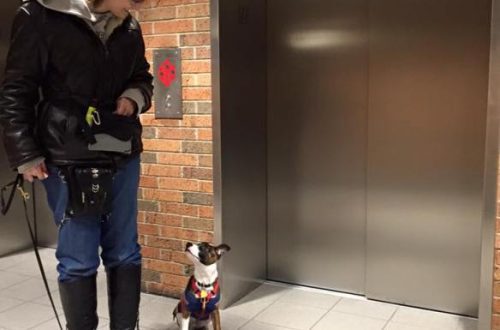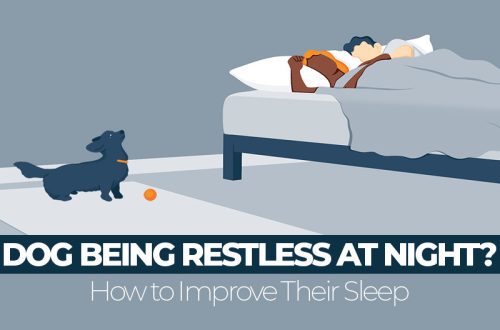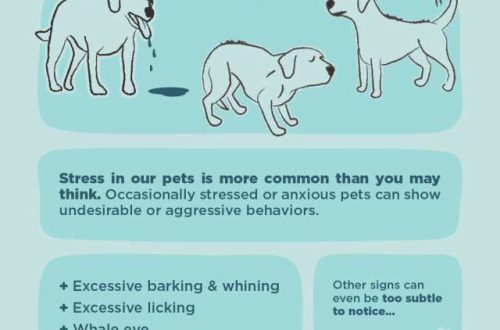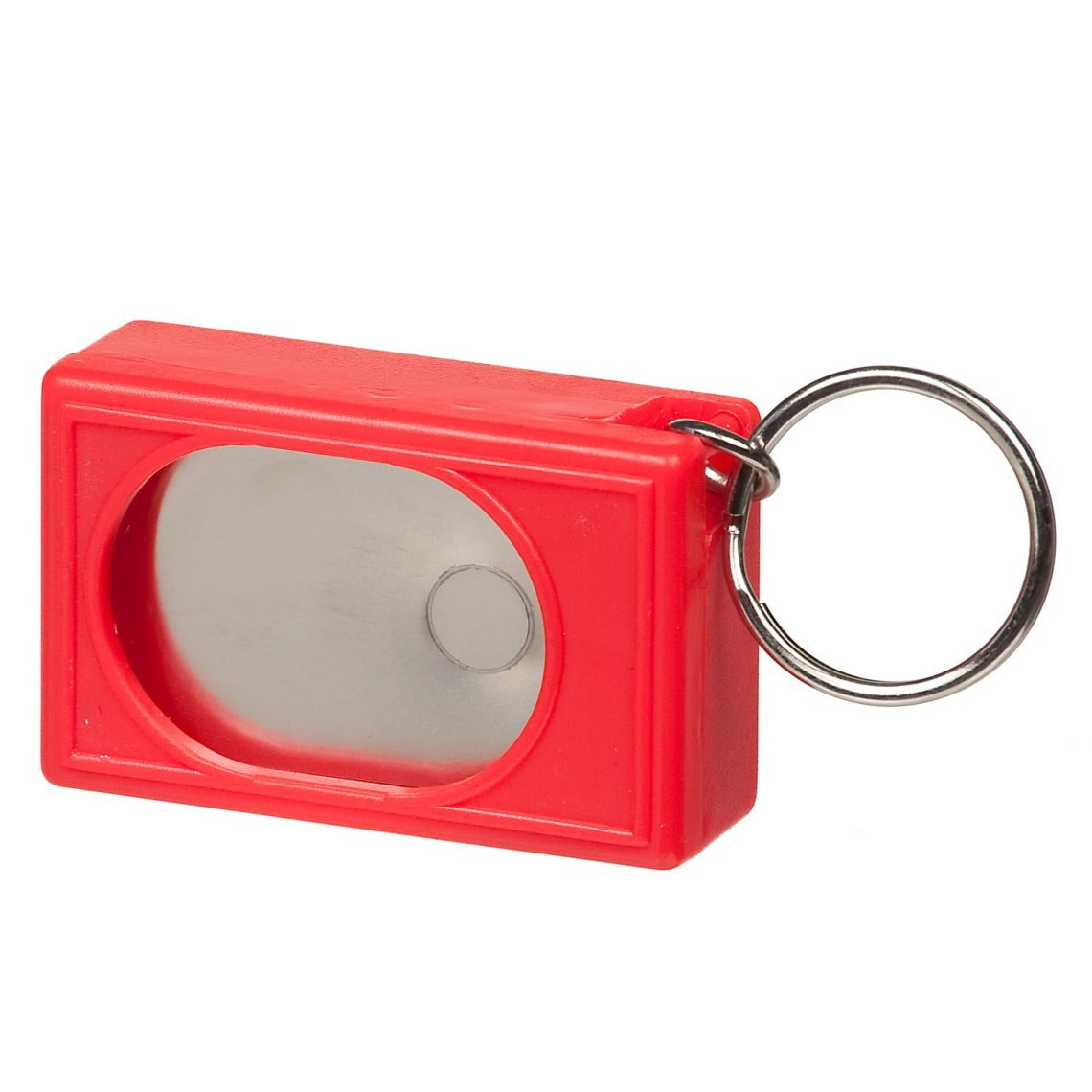
Clicker dog training
clicker training dogs is becoming more and more popular. And it consistently proves its effectiveness. What is this magic wand and why are dogs crazy about such studies?
Contents
What is a clicker?
A clicker is a small device that makes a click (click) when pressed. Clickers come in a variety of designs: push-button and plate. Clickers also differ in volume: there are quiet ones, they are used when working with shy dogs, there are loud ones that are convenient to work with on the street, where there is a lot of noise, there are clickers with adjustable volume levels and even clickers for working with two dogs at the same time. There are carpal clickers (usually they are attached to the arm with a bracelet) and finger clickers (they resemble a ring in shape and are attached to the finger, thereby freeing the palm to work with the dog or to give out treats). The click of the clicker is a hint showing the dog in which it was the moment she took the action that would be rewarded. Of course, first you need to explain to the dog that the click = yum, that is, the click will be followed by a treat.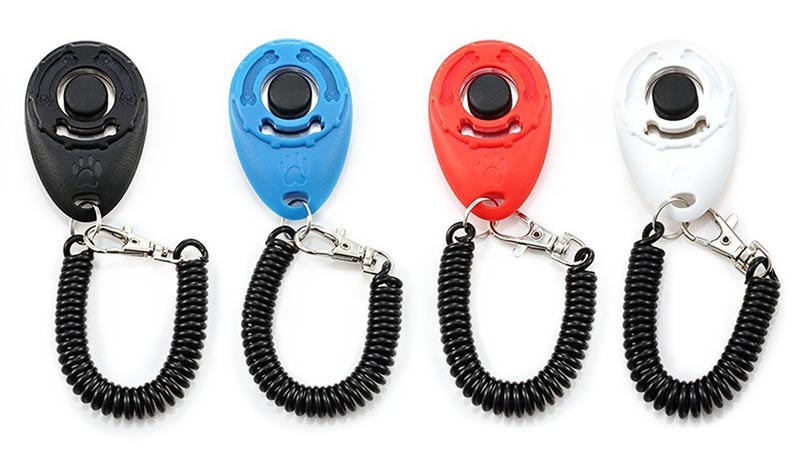 In the photo: What the clicker looks like
In the photo: What the clicker looks like
How does the clicker affect the learning process of dogs?
The clicker can be either a Ferrari or a tractor – it all depends on the reaction of the person who uses it. If everything is done correctly, the dog can learn the necessary skills very quickly, however, if we use the clicker ineptly, we, unwittingly, can slow down the learning process, preventing the dog from understanding what we want from it. In fact, the clicker is not magical wand, this is just a marker of correct behavior, which can be any sound or word. I believe that when teaching, for example, domestic obedience, it is quite possible to do without this additional tool, instead use a verbal (verbal) marker – a “code” word that you will designate the correct actions on the part of the dog. However, I’ll be honest: the clicker, when used correctly, adds speed to learning. My dog was on the verbal marker until 9 months old, then I refocused him on the clicker. And, despite the fact that before that we were actively shaping, that is, the dog was already very much overclocked for training, I had the feeling that I had moved to a racing car.
How does a clicker work in dog training?
The clicker mechanism in dog training is very simple. If we touched a hot iron, would we first scream or pull our hand away? Rather, the second. It’s the same with the clicker: having noticed the correct action of the dog, it’s easier to press the button in time, while our brain receives the information, processes it, “lays out” the word on the tongue, and our articulatory apparatus finally pronounces this word. The mechanical reaction is more often ahead of the verbal one. I’ll make a reservation right away that it’s not easier for everyone to work with a clicker, for some people it’s easier to mark with a word. But for the most part, after several training exercises, a person learns to click in a timely manner.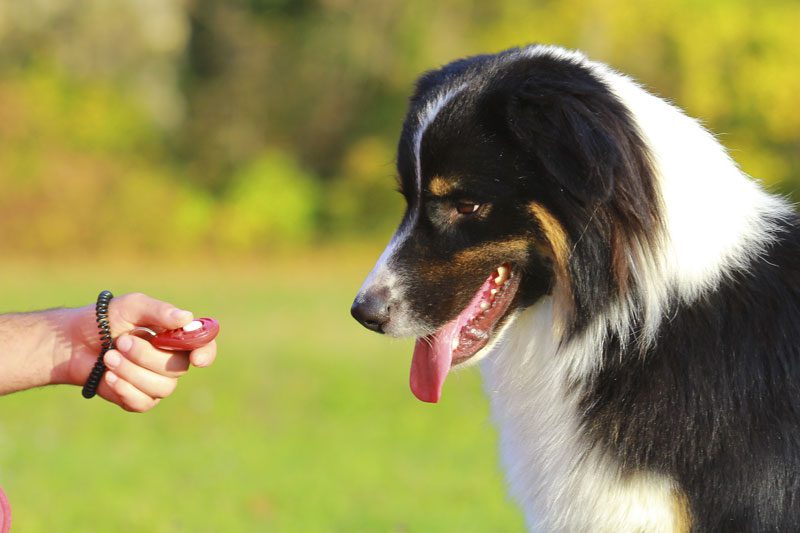 In the photo: The dog is waiting for the clicker signalThere is another important nuance. Whatever verbal marker of correct behavior we introduce (and in the Russian-speaking space the word “yes” is most often used for this purpose), the dog can hear it in everyday life, which somewhat devalues the power of the marker. That is, the dog understands that “Yes” does not always mean a piece of delicacy, this word does not cause such a strong positive reaction in her as an explicit association of a click with a piece of encouragement. Even if we enter a word in a foreign language (for example, “yes”) , due to our human nature, a verbal marker can be emotionally colored. We may speak enthusiastically, disappointedly, or threateningly. You know, for example, that the mere word “yes”, pronounced with different intonation contours, can mean 18 meanings! It is clear to a person that the word is the same, but not always to a dog. A dog may know what “Yes!” is, but not always what “Yes!” Dogs do not understand semantics, they learn the sound form of a word, and it is we who saturate it with meaning. Naturally, over the years of living with a person, a dog can generalize, that the words “sit”, “sit”, “sit down” and “sit down” are the same command, but at first it will be difficult for her to figure it out.
In the photo: The dog is waiting for the clicker signalThere is another important nuance. Whatever verbal marker of correct behavior we introduce (and in the Russian-speaking space the word “yes” is most often used for this purpose), the dog can hear it in everyday life, which somewhat devalues the power of the marker. That is, the dog understands that “Yes” does not always mean a piece of delicacy, this word does not cause such a strong positive reaction in her as an explicit association of a click with a piece of encouragement. Even if we enter a word in a foreign language (for example, “yes”) , due to our human nature, a verbal marker can be emotionally colored. We may speak enthusiastically, disappointedly, or threateningly. You know, for example, that the mere word “yes”, pronounced with different intonation contours, can mean 18 meanings! It is clear to a person that the word is the same, but not always to a dog. A dog may know what “Yes!” is, but not always what “Yes!” Dogs do not understand semantics, they learn the sound form of a word, and it is we who saturate it with meaning. Naturally, over the years of living with a person, a dog can generalize, that the words “sit”, “sit”, “sit down” and “sit down” are the same command, but at first it will be difficult for her to figure it out.
Unlike words, the clicker sound is always neutral and sounds identical. Whether we’re angry, happy, having a headache, or thinking “it’s okay, but it could have been better”, the clicker will always sound the same.
Because of this, it is easier for the dog to work with the clicker. But, I repeat, provided that we work correctly, that is, we give a signal in a timely manner.
Consider an example. We want the dog to touch his nose with his paw. Here we have already glued a piece of electrical tape to her muzzle or wrapped an elastic band around her muzzle. The dog senses a new object and, trying to remove it, raises its front paw and touches its nose. At this point, we say: “Yeah.” The dog, having touched the nose for a split second, begins to lower its paw, listens to our “Yeah” and eats the offered piece of reward with pleasure. Why did we reward the dog? For touching the tip of her nose? For tearing her paw off him? For bringing the paw down? The same clicker example: the clicker sounds short and dry. And here everything depends on the correct timing of the owner: if he managed to click at the moment of touching his nose with his paw, everything is fine, we told the dog at what point in the action he gets a treat. If we hesitated a little, and the dog heard a click at the moment when the paw began to move down … well, you yourself understood that here we accidentally encouraged the moment of lowering the paw from the nose to the ground. And our pet understands: “Yeah, it is necessary that the paw be a centimeter from the nose!” And then we bang our heads against the wall: why does the dog not understand us? That is why, when practicing complex tricks that require very high-quality timely reward timing, I strongly recommend filming training sessions on video in order to analyze them later and whether we respond in time to the correct answer .If we compare the two situations described above, we can conclude that the clicker is a clearer and more precise marker of the correct behavior, which means that it is worth using it in the training process. But at the same time, for proper use, it requires a clear and timely reaction of the owner. At the same time, even if you realize that you clicked at the wrong time, do not skimp on encouragement: for one mistake that you “bought” by issuing a piece, you will not bring the skill to automatism, but you definitely should not devalue the sound of the clicker. The golden rule of clicker training is click = yum. That is, if you have already clicked, extend the encouragement.
How does a dog learn the principles of clicker training?
A dog usually gets used to the clicker very quickly – literally in 2 – 4 sessions. We take small pieces of treats, 20 – 25 pieces. Small ones are small, for a dog of medium and large size – literally 5x5mm.
The treat should be soft, easy to swallow, not chewed or stuck in the throat.
We sit next to the dog. We make a click with a clicker, we give out a piece of goodies, click – yum, click – yum. And so 20 – 25 times. Watch for the correctness of the issuance: we do not click at the time of eating, we give out food not before the click, but the signal, then the food. I prefer to keep the food behind my back during training so that the dog does not hypnotize it with a look. The dog hears a click, a hand appears from behind and offers a treat. Usually, in a couple of sessions, the dog already learns the connection between the click and the bite. It’s easy to check whether the reflex has formed: when the dog is bored or busy with something not particularly important and interesting from its point of view, click and look at the reaction: if it turned its head towards you with interest, or even approached you, great, the dog understood the connection . Now we need to explain to her that the click is not just an announcement that dinner is ripe, but the click now tells her when she was right. First, we use those commands that the dog knows well. For example, the “Sit” command. We ask the dog to sit down, and as soon as the butt touches the floor, we click and feed. We ask the dog to give a paw if it knows how to execute this command, and at the moment when the paw touched our palm, we click and feed. And so several times. Now we can use the clicker when learning new skills.
“Three whales” clicker training
Remember in the process of training about the paradigm of the three most important components:
- marker,
- delicacy,
- praise.
The clicker is only a neutral (and this is important!) Marker of the correct behavior of our pet. A click is always equal to a piece of treat. But the click does not cancel the praise. And food will not cancel verbal praise. Not tactile. I often meet in the practice of owners who actively stroke the dog for a well-executed action. I will say what many will be unpleasant to hear: you should not.
Do not stroke the dog at the moment when it is focused and working. In its absolute majority, even the most tactile pets try to get away from under the hand of their beloved owner at the moment of concentrated work.
Imagine: here you are sitting, racking your brains over a complex work assignment. And finally, eureka! The solution is already very close, you feel it, you just need to finally find it. And then your beloved partner rushes to kiss you and stroke your head. Will you be glad? Most likely, you will push away, afraid of losing the thought. There is a time for everything. Dogs solve our puzzles during work, try, they regularly have this very “Eureka!”. And your sincere joy, verbal praise, laughter and, of course, a tidbit in your hand are great encouragement. And you can pet the dog after the end of the training session, and the dog will be happy to substitute your tummy or ear.
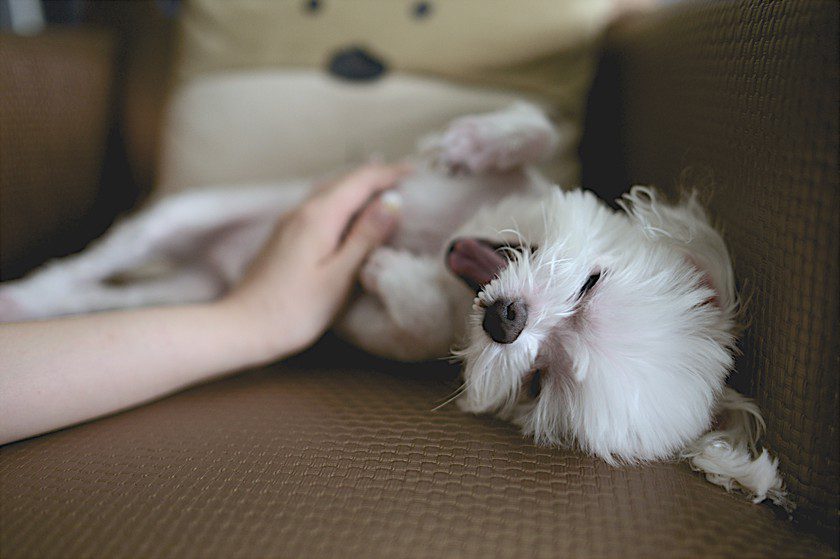
But do not forget to actively, sincerely, honestly praise the dog with your voice. This is called creating social motivation. And we will actively use it after mastering the skill, after we remove the clicker in practicing this skill, and then we will remove the food. And social motivation will remain in our toolkit – the desire to hear from the owner “good dog!”. But first we must explain to our pet that “Well done!” – that’s great too! That is why in working with the clicker we adhere to the following order: click – well done – a piece.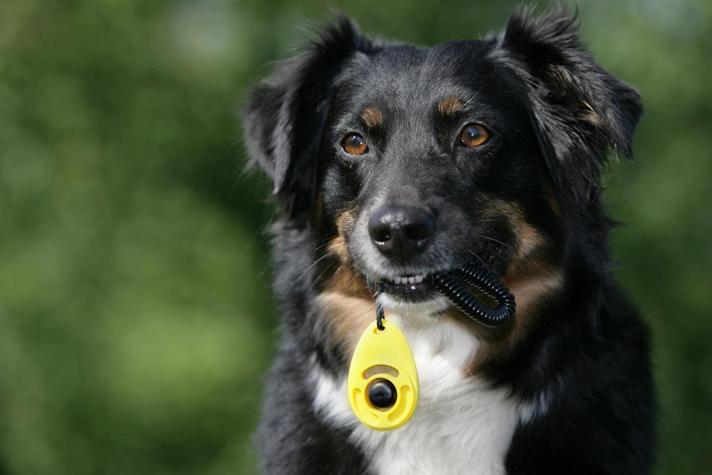 Dogs are generally very fond of clicker training sessions.
Dogs are generally very fond of clicker training sessions.
How to choose a dog training clicker?
Recently, clickers can be easily found in Belarusian pet stores. Having decided to purchase a clicker, click it, choosing the desired volume and stiffness: quite often clickers are very tight, so tight that it is not always possible to quickly press it with your finger at the time of training. Clickers of the same brand can differ greatly in stiffness and volume, namely Therefore, it is better to hold them in your hand and click. If you doubt whether you need a clicker, you can try to practice by pressing the button of a ballpoint pen.You might also be interested in: Excessive barking: methods of correction«



